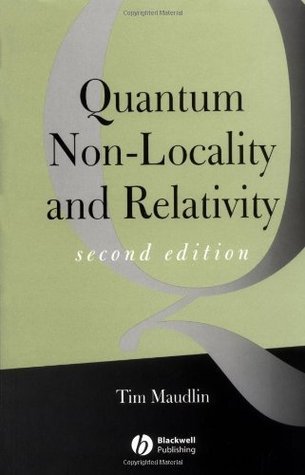Sometime between the end of grad school and now, I stopped reading fiction. My reading was almost exclusively science fiction/fantasy, and I’d get through at least 6 books a year, often much more. At some point, though, I stopped being excited by the genre. Or, at least, stopped being excited enough to spend time on works of unknown quality. I had been replacing some of that reading with non-fiction, mostly histories. Military history certainly, but also some histories of economics and science. My suspicion is that this is just a natural part of the aging process for the American male. Eventually I will hear the siren’s song of the American Civil War and that’ll be the end.
Unfortunately, non-fiction is generally much more challenging and subtle than even very good SFF. When before it didn’t really matter how much I could remember about wizards or spaceships, now I need to keep track of a whole book’s worth of arguments to really appreciate what I’m reading. One thing that helps is, paradoxically, listening to the books in question at 1.25x - 1.5x speeds during my commute. The faster speech requires some effort to focus on, but not enough that it impairs my driving. Of course, not all books have an audiobook version, so for those I need a new approach. As you might have guessed, I’ve decided to record my progress through them in a public space. I do this not only as a form of accountability, but also as a way to formalize my hand-written notes and better crystalize my thoughts.
In an effort to remain on-brand, inasmuch as a blog with no more than a few dozen readers can have a brand, I’ll start with Tim Maudlin’s Quantum Non-Locality and Relativity. I’m reading third edition, but the image below is the cover of the second edition.

The blurb on goodreads:
Modern physics was born from two great revolutions: relativity and quantum theory. Relativity imposed a locality constraint on physical theories: since nothing can go faster than light, very distant events cannot influence one another. Only in the last few decades has it become clear that quantum theory violates this constraint. The work of J. S. Bell has demonstrated that no local theory can return the predictions of quantum theory. Thus it would seem that the central pillars of modern physics are contradictory. Quantum Non-Locality and Relativity examines the nature and possible resolution of this conflict. Beginning with accurate but non-technical presentations of Bell’s work and of Special Relativity, there follows a close examination of different interpretations of relativity and of the sort of locality each demands. The story continues with a brief discussion of the General Theory of Relativity. This second edition also includes a new author’s preface and an additional appendix. The book introduces philosophers to the relevant physics and demonstrates how philosophical analysis can help to resolve some of the problems. All of the physics is presented from first principles, and as much as possible is presented pictorially.
It might shock you to learn that the tension between quantum theory and relativity is not exactly well covered in the undergraduate physics curriculum. I’d actually made it half-way through Quantum Non-Locality and Relativity on a previous reading, but the topic is subtle and really does require active engagement with the material. On this attempt, I will be taking notes and writing down questions as they occur to me. Posts will be on a per-chapter basis, maybe with a few interludes devoted to relevant papers. The object will be to identify and redress the gaps in my understanding of topics I thought I’d “learned” more than a decade ago.